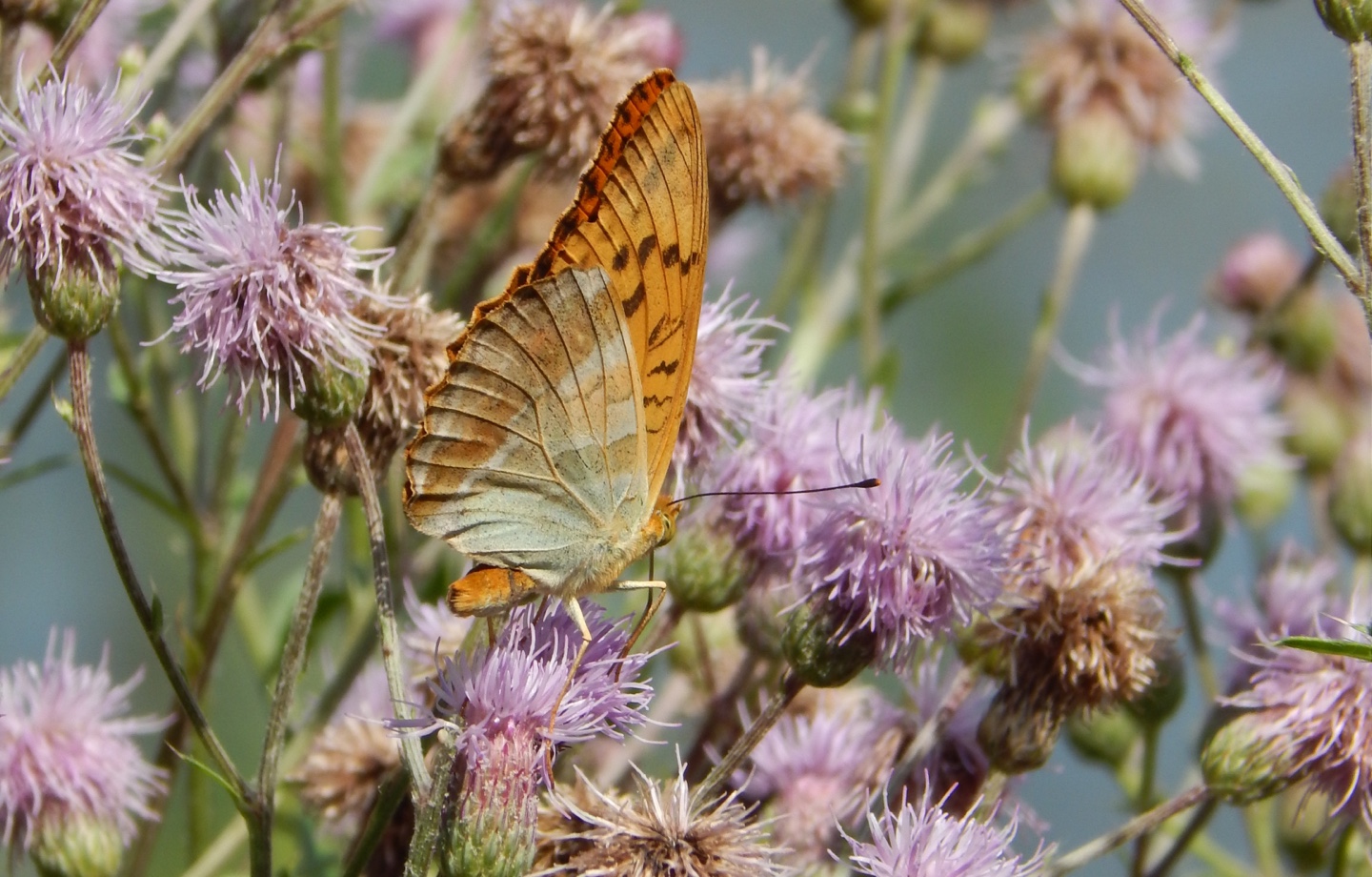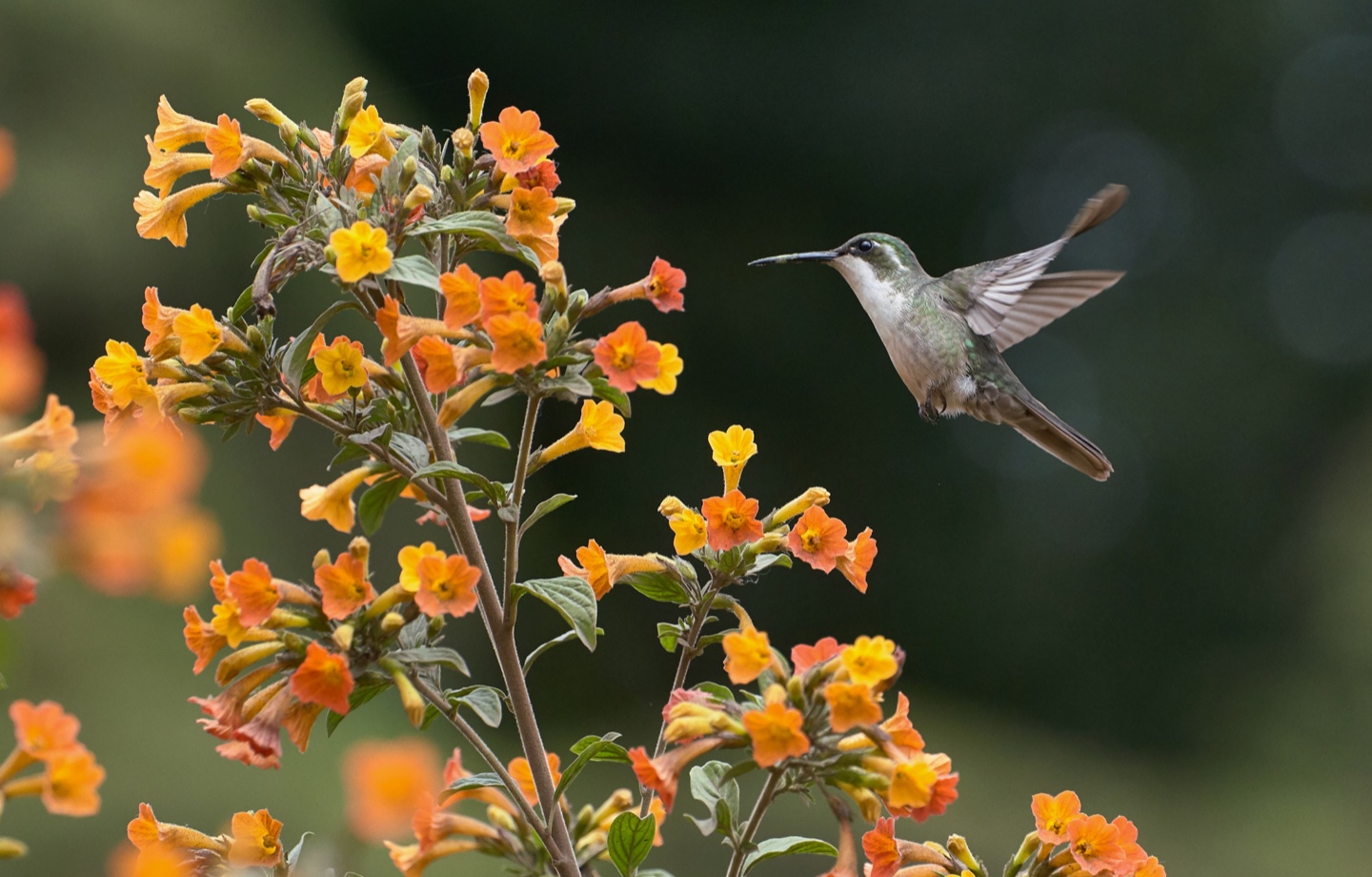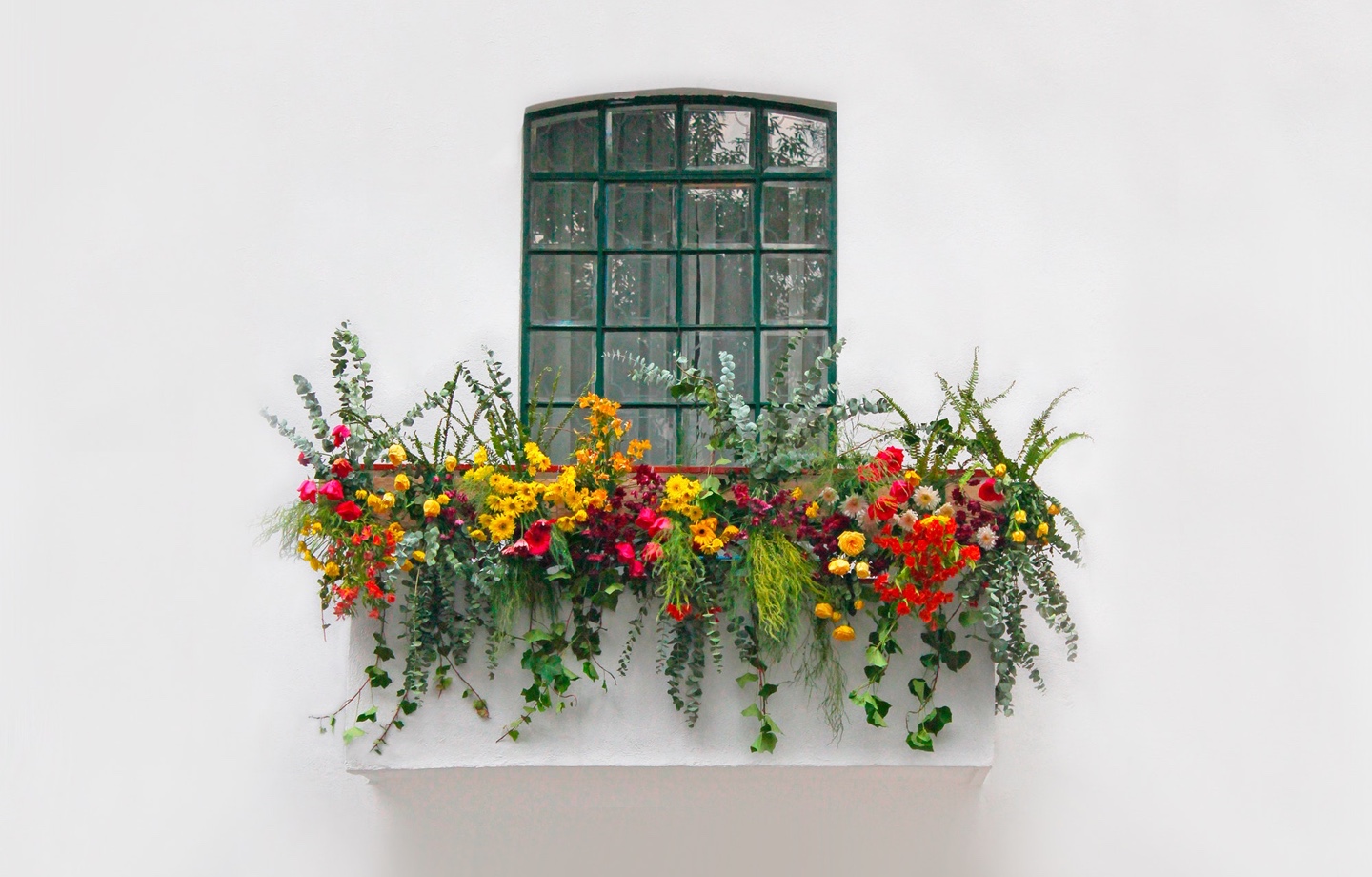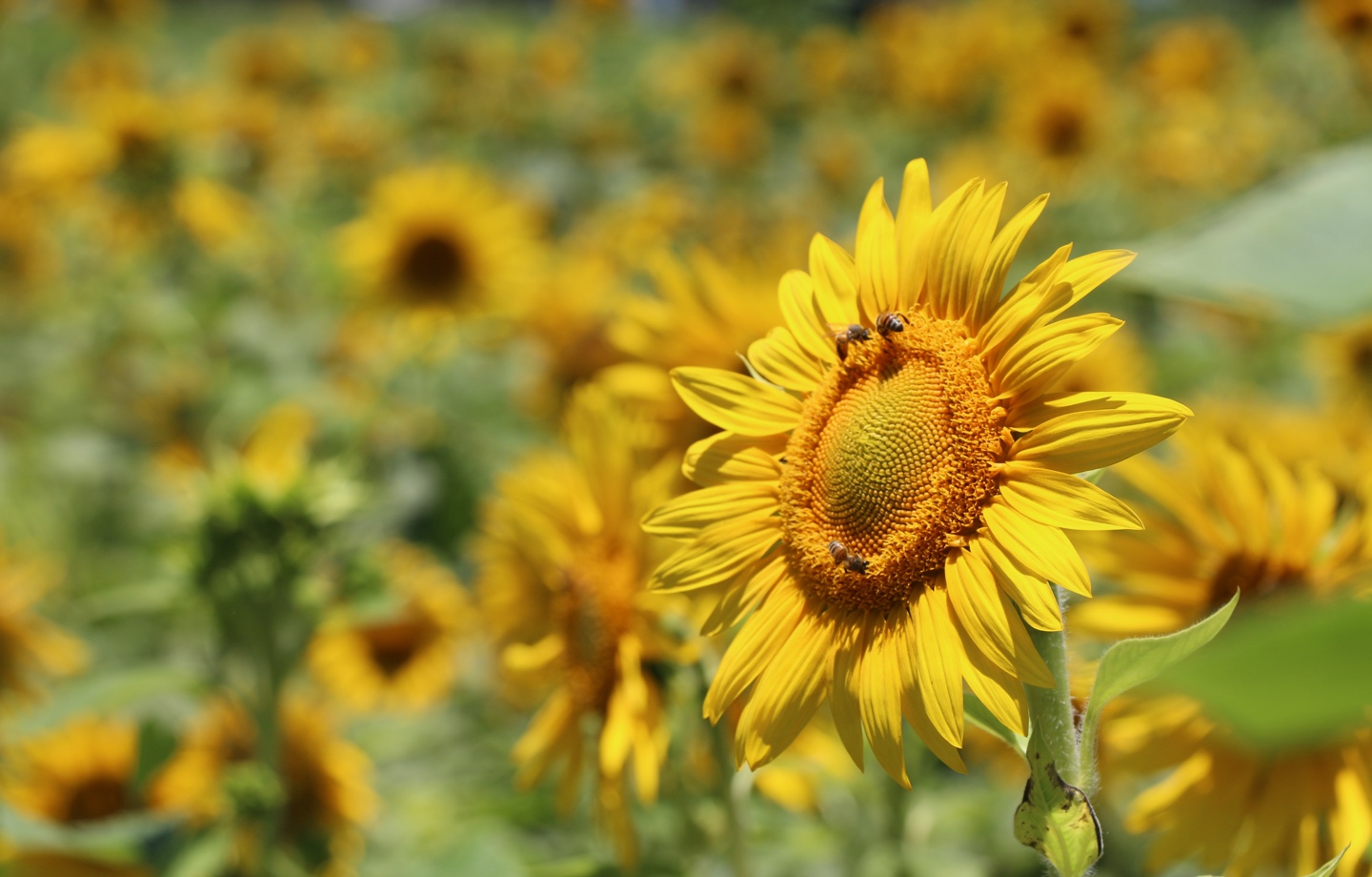Climate change and human action are putting us at risk of losing essential pollinators — that’s a big deal for the future of our planet and human health.
Last week, dandelions popped up in my lawn. My neighbors spray theirs to make the dandelions disappear and keep them from spreading. But my three-year-old son, who is learning about pollinators at preschool, insisted that we keep our “yellow flowers” to “protect the bees” — and he’s right.
Pollinators are a category of insects and small animals that carry pollen from the male portion of a flower to the female portion, spurring its growth and reproduction. The pollinators you know best are probably honey bees. But there are 4,000 different kinds of pollinating bees — other pollinators include moths, butterflies, wasps, birds, beetles, and even bats. These organisms are key to keeping our ecosystems healthy. The trouble is, we’re at risk of losing them.
More than 70 species of pollinators are listed as endangered or threatened. Commercial beekeepers are reporting record lows (30 percent colony loss in the winter, rather than the historically common rate of 10-15 percent) and the number of managed hives in the U.S. declined by over 40 percent in the last 60 years. Then there’s colony collapse disorder, or the sudden loss of the majority of worker bees in a hive. While CCD has declined from a high of 60 percent of total hives lost in 2008, colony collapse is still a concern.

Read more: 5 Things You Can Do for Bees This Summer
Kelly Bills, the Executive Director of the Pollinator Partnership, says if we continue to lose pollinators at the current rate, it could be catastrophic. “Without the actions of pollinators, agricultural economies, our food supply, and surrounding landscapes would collapse. Birds, bats, bees, butterflies, beetles, and other animals that pollinate plants are responsible for bringing us approximately one out of every three bites of food. They also sustain our ecosystems and produce our natural resources by helping plants reproduce.”
“Without the actions of pollinators, agricultural economies, our food supply, and surrounding landscapes would collapse. Birds, bats, bees, butterflies, beetles, and other animals that pollinate plants are responsible for bringing us approximately one out of every three bites of food.”
More than 100 species of U.S. specialty crops require pollination to grow, like almonds, apples, pears, berries, tomatoes, and onions. Worldwide, this number jumps to almost 1,200 crops. Pollinators also help us maintain clean air by spurring the growth of flowering plants, and are a key part of the U.S. economy. One White House report found that pollinators contribute more than 24 million dollars annually to the U.S. economy.
Of course, like any species, the reasons behind pollinator decline are complex. Primarily, these organisms are losing their habitats because of human development. In other words, clearing natural spaces to create urban and suburban infrastructure forces pollinators to find new homes. And when concrete or metal surfaces replace vegetation, this rehoming can be difficult.
“This decline is attributed most severely to a loss in feeding and nesting habitats. Pollution, the misuse of chemicals, disease, and climate change are all contributing to shrinking and shifting pollinator populations, too,” says Bills.
As Bills mentions, pesticides (herbicides, insecticides, and fungicides) often kill important plants that pollinators need. These chemicals can also make it difficult for pollinators to navigate their habitats and can contaminate their food sources. Some experts note that the introduction of invasive species makes it tough for pollinators to forage as well. Non-native plants can bring other pollinators into the picture, creating competition, while threatening microorganisms can spread from non-native species to native species of plants, often decimating the plant populations that pollinators need.

Read more: Why Glyphosate Herbicides Are So Harmful
Plus, warming temperatures are causing flowering plants to lose sync with their pollinators. Earlier warming in the spring can result in premature blooming, which costs pollinators valuable feeding time. Certain plants are also forced to bloom at higher elevations as temperatures increase, and some pollinators can’t follow. And extreme weather events — like flooding and fires — can also wipe out entire habitats.
But this isn’t a lost cause. Saving pollinators starts in your own yard or neighborhood.
“Habitat opportunities abound on every landscape — from home gardens and window boxes to acres of farms and corporate campuses,” says Bills, “every site can be a habitat.”
Creating and maintaining a pollinator-friendly habitat (like leaving those dandelions in the lawn, and choosing flowering plants that grow well in your area) is a great way to build back and protect pollinator populations. Choose plants that flower early in the spring season; a longer flowering season gives pollinators more time to harvest — and plant these flowers in large groups to give pollinators a solid “landing zone.” It’s also good practice to leave pollinator nests (hey, wasps) undisturbed unless they pose a threat to you and your family.
During the winter, consider leaving areas un-raked or unkempt around the edges of your yard to allow pollinators to hibernate safely. And avoid pesticides if you can help it. Some experts also recommend keeping a bird bath or a small dish of water on your deck or windowsill, which gives larger pollinators a water source and attracts them to your garden.
“People can also spread awareness about the importance of pollinators,” says Bills. “Support local farmers and beekeepers, generally conserve resources to fight climate change, and lastly, donate to conservation organizations who are doing great work.”

Read more: Our Guide to Holistic Gardening
Have feedback on our story? Email [email protected] to let us know what you think!

Shop Pillows
The Essential Organic Pillow Collection
Gentle, breathable, non-toxic support.







